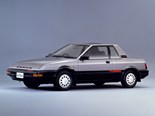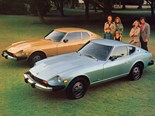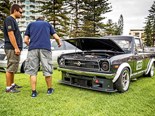Nissan Exa Turbo + Pulsar ET review

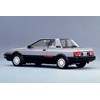

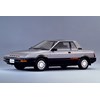

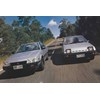
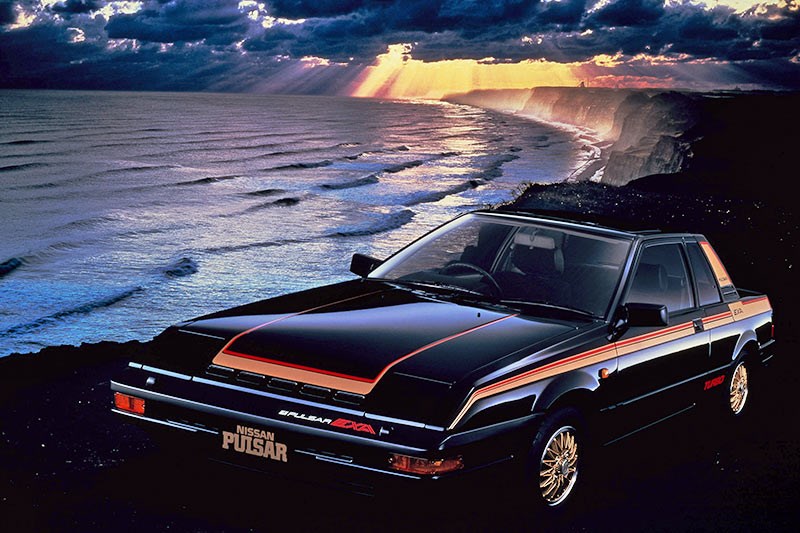





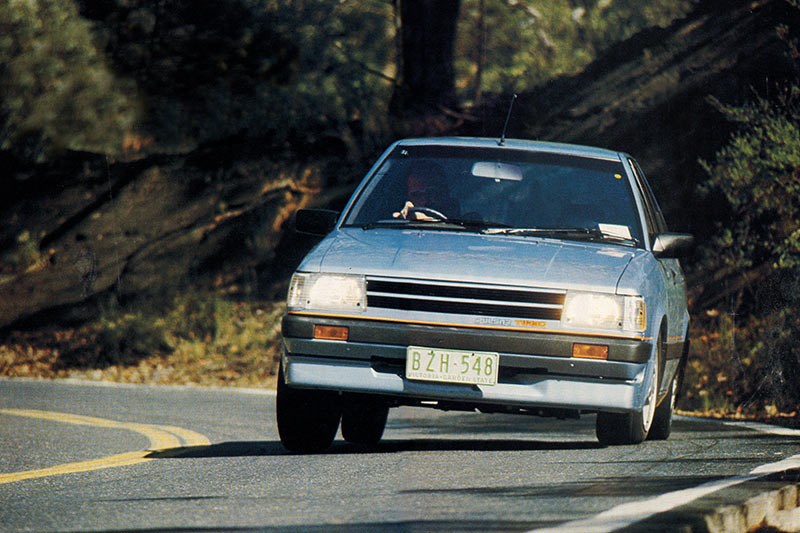

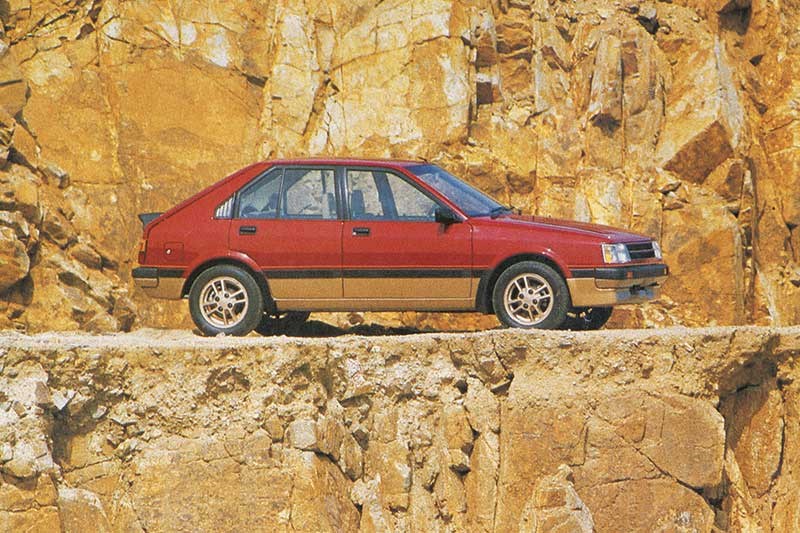

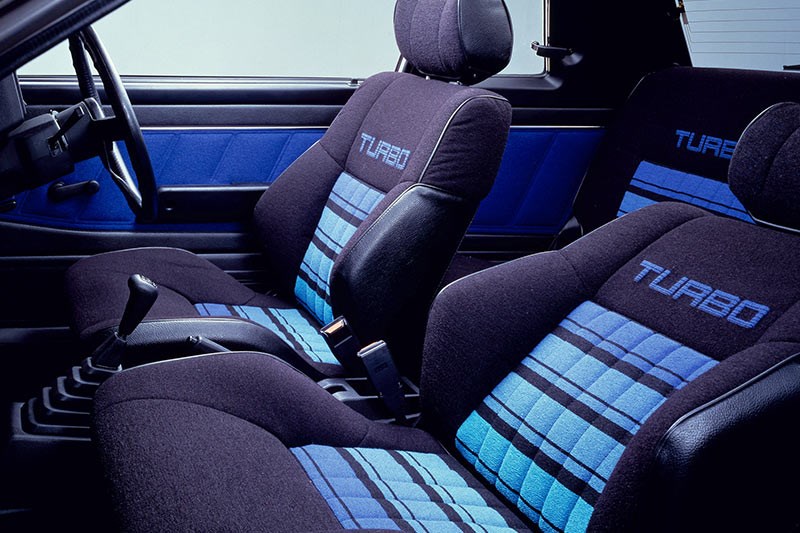

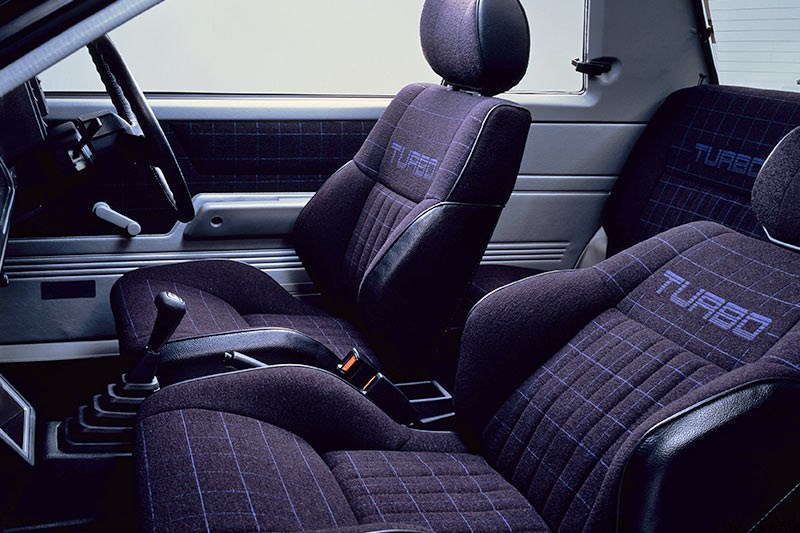

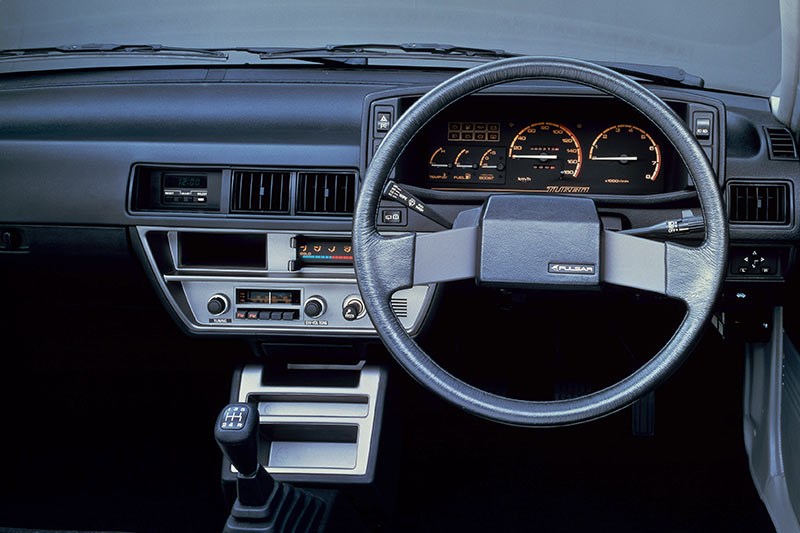



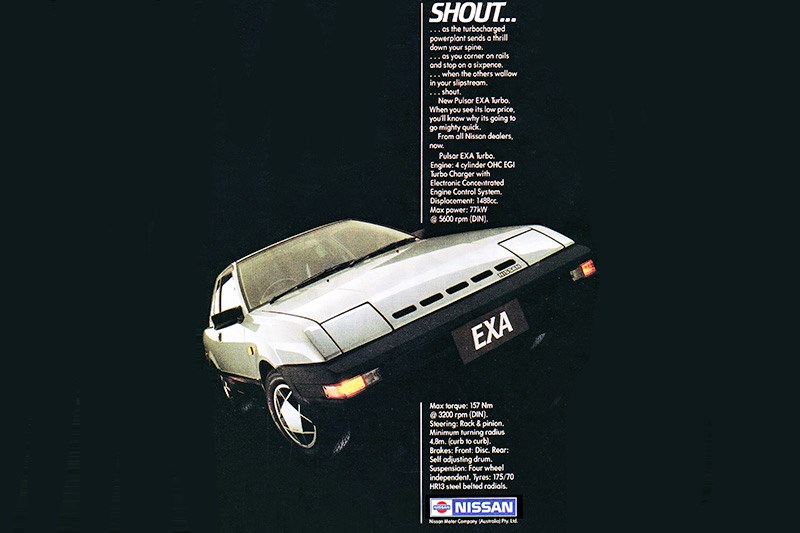

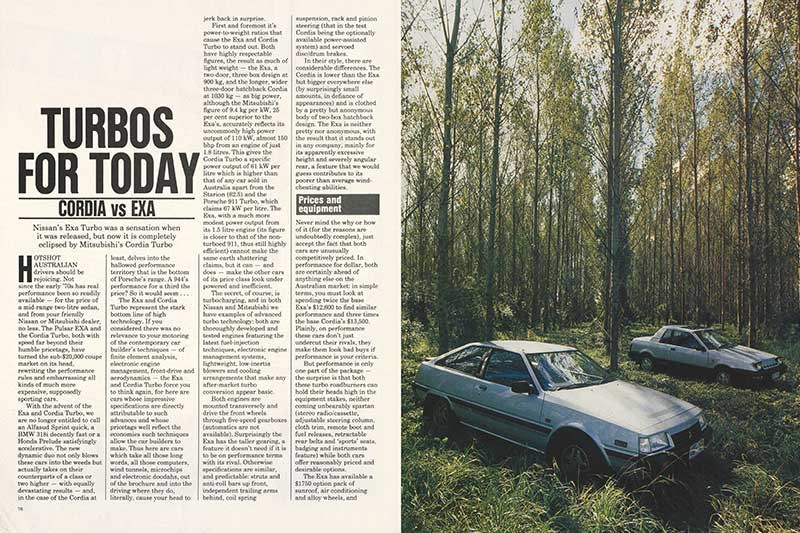

.jpg)
.jpg)

|

|

|

|

|

|

|

|

|

|

|

|

|

|
.jpg)
|
The all-Japanese Nissan Exa Turbo was swift, but the Australian-engineered Pulsar ET was the complete package
Anyone looking back on the era when Australia had a car manufacturing industry might do well to study the Nissan Pulsar ET of 1984-87. Masterminded by Nissan Australia’s product planning manager, the late Howard Marsden, this car took an essentially Japanese formula and improved it dramatically.
The process that culminated in the five-door hatchback Pulsar ET was exactly what has made the Australian automotive industry unique in the world. Marsden essentially re-imagined a Japanese four-cylinder turbo terror to optimise it for Australian conditions. (In a different way, Mitsubishi Motors Australia Limited was already working on the invention of the Magna, based on but very different from the Japanese Galant.)

The Pulsar ET was anything but a car developed by a cumbersome committee. It was bespoke. In 1984 it was certainly the best small performance car available in its price class.
The Nissan EXA, fully imported from Japan, had gone on sale in 1983. This was a somewhat spunky looking two-door coupe based on the Pulsar but equipped with a turbocharged 1.5-litre (E15ET) engine. It was amazingly quick for this era when the Australian market was just recovering from the sad days since the introduction of the ADR27A anti-emissions legislation which came into effect on 1 July 1976. At the end of the 1970s, any car that could cut the standing 400 metres in less than 18 seconds was fast indeed!
| Read next: Nissan Exa/NX/Pulsar 1987-89 market review 2018

Certainly, the EXA constituted a turbocharged cat in among the pretty chickens. Turbos were not unknown here in 1983 because we’d had Saabs since the late 1970s and the 1982 Mitsubishi Starion had raised the performance bar for sports coupes in the $25K range. But the EXA cost just $11,950, $1200 more than the (non-turbo) Cordia (the Turbo variant being some months from launch). Mind you, for that price you got plastic wheelcaps, not alloy wheels.
It was fast, managing 10-flat for the zero to 100km/h sprint. But its manual steering lacked feel and lift-off oversteer was all too readily on offer at higher cornering speeds. The EXA was flawed in its basic engineering. The suspension was underdone. The brakes were marginal for the high performance.
 Mitsubishi's Cordia and Pulsar EXA go head to head
Mitsubishi's Cordia and Pulsar EXA go head to head
Enter Howard Marsden, whose idea was to use the EXA’s mechanicals in an Australian-manufactured Pulsar hatchback but with significant upgrades. His Pulsar ET hit that market around Easter 1984 at $12,500 and was enormously superior to the EXA.
The EXA’s 1487cc engine was fine, making 77kW at 5600rpm. In fact this was the same basic unit that powered common or garden Pulsars but with tougher connecting rods, which were also three millimetres shorter to reduce the compression ratio from 9.0:1 to 7.4, much more suitable for a turbocharged application. There were heavier-duty big-end bearings and tougher new pistons with chrome top rings. An oil cooler and additional cooling fan were fitted. Revised valve seats and other minor changes completed the transformation.
 The 1984 Wheels test rated it as a match for the best Euro sporting sedans
The 1984 Wheels test rated it as a match for the best Euro sporting sedans
Marsden thought that a high performance car like the one he planned also needed disc brakes on the rear as well as the front. Repco-PBR developed a new braking system specifically for the Pulsar ET. It’s important to remember that small cars with four-wheel discs were a rare breed in 1984.
The stylish new alloy wheels were no heavier than the lesser Pulsars’ steel items. They were shod with a new type of Bridgestone 175/65 HR14 tyre. As for the suspension, Marsden had insisted on major revisions. The front coils were changed from progressive rate to linear, principally to reduce understeer. A thinner anti-roll bar was chosen. Spring and damper rates were modified to reduce lift-off oversteer. Twin-tube gas dampers were fitted at the rear.

An under-nose air dam and rear spoiler were also added. Through fast corners and at high cruising speeds, the ET was much more stable, although you still had to be careful (see sidebar).
Even the interior came in for major review. Nissan Australia had a great reputation for its seats and the ET followed the tradition. They were the same ones as fitted to the Bluebird TRX. The cloth was a wool blend from a supplier used by men’s outfitter Fletcher Jones.

A computer slipped beneath the front passenger seat limited top speed to 182km/h, whether at 5500rpm in fourth or 4500 in fifth. Apart from the law, about the only thing that would stop you cruising all day at 160 was wind noise, mainly from the front doors.
The switch to unleaded fuel for 1986 meant some loss of performance and the standing 400m time went from 16.7 to 17 seconds flat. The loss would have been greater had it not been for a reduction in gearing.

In the 1984-87 time frame, the Pulsar ET was an exceptional car. It was somewhat overshadowed by the Cordia Turbo launched a few months later. But it was really cars like the Peugeot 205 GTI of 1989 and the Corolla SX of 1990 that dated it. Full credit to the far-sighted Howard Marsden for his ingenuity in producing a unique to Australia hot hatch that was superior to anything Nissan was doing in Japan.

RAISING THE PLUSE(AR) RATE
- Dr John Wright
I bought my very own Pulsar ET when the car was being run-out in 1987. As I recall the price had been dropped by close to $3000 and was back to something like what was being asked three years earlier, which made it a bargain because inflation was big in those days.
Mine was actually the third variant. The original ET ran on leaded fuel. Then came the unleaded car. The third version had colour-keyed alloy wheels and the colour choice was white, silver or blue.
I quite liked it – rather than loved it – and would have hung onto the little blue rocket except that I was focused on racing and the Suzuki Swift GTI had just hit the market. I figured it would be a better bet for that year’s Winton 300 race for production cars.
Soon after buying it, I learnt that Nissan Australia offered a bodykit complete with striping. Naturally I ordered one. I also got a new exhaust, which liberated a little extra power, a much nicer sound but caused the ET to consume quite a lot more unleaded.
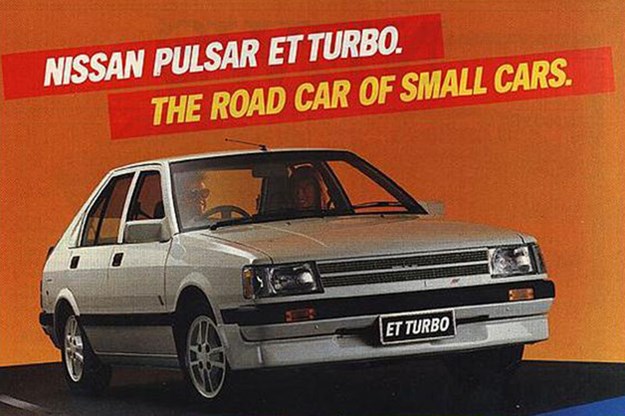
In dry weather it was great but I discovered the Pulsar’s propensity to swap ends one greasy morning after hooking into a down hill left-hander a few kays quicker than I should have. I’ll admit it now, my girlfriend of the time had departed my house a few minutes before me and I entertained thoughts of catching her on the road. Instead, I caught myself facing the way I was originally pointed, on the correct side of the road and feeling very embarrassed despite the lack of any witnesses.
The Pulsar ET was indescribably superior to the first EXA but it came at a difficult time in the history of performance cars. In its first few months it stood alone but the Cordia Turbo soon raised the bar. Judged purely as a car, I reckon the Nissan was better than the Suzuki but racing is different.
Unique Cars magazine Value Guides
Sell your car for free right here
Get your monthly fix of news, reviews and stories on the greatest cars and minds in the automotive world.
Subscribe

.jpg)











